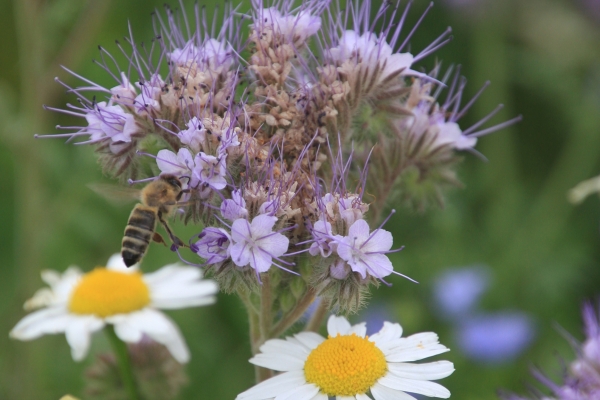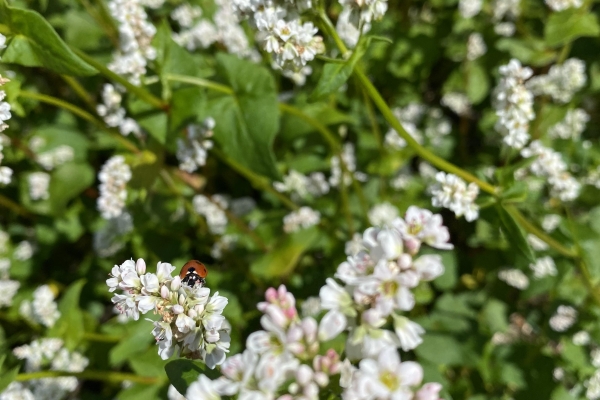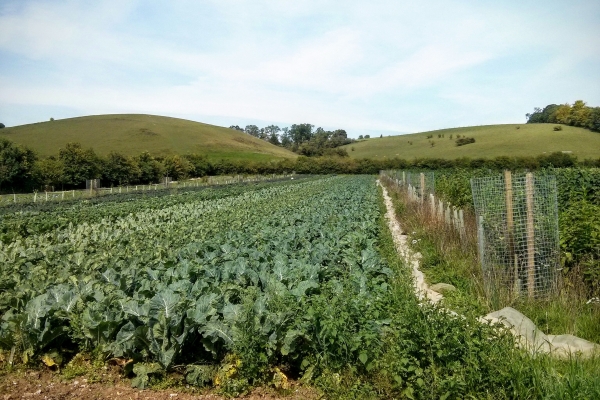The Role of Agroecology in Sustainable Intensification
ORC Bulletin No.119
Resource explained
This article explores how agroecological approaches can contribute to sustainable intensification from a UK perspective. It is based on an extensive report produced by the ORC and Game & Wildlife Conservation Trust on behalf of the Land Use Policy Group (LUPG). The report explores how specific agroecological practices can contribute to sustainability outcomes such as increasing production whilst also actively encouraging environmental benefits and renewing natural capital such as soil and water resources. It focusses on three agroecological systems: integrated, organic and agroforestry, and compares them with conventional intensive systems. The article explores the relationship between sustainable intensification and agroecology, outlines some key agroecological approaches, looks at their contribution to sustainability outcomes, and concludes how agroecological approaches can help farmers.
Findings & recommendations
- Three levels of agroecology are particularly relevant in relation to sustainable intensification:
- An efficiency/substitution approach focusing on alternative practices and inputs (emphasising functional biodiversity);
- a whole system redesign approach focusing on the farm ecosystem;
- and a focus on agriculture as a human activity system.
- Conventional sustainable intensification tends to focus on input substitution and technology; agroecological approaches use multiple interrelated practices, emphasise system redesign, and focus on increasing the use of biology, knowledge, skills and experience.
- The article includes a useful table (taken from the report) that outlines the potential of various agroecological approaches and practices in contributing to sustainable intensification, comparing them to conventional approaches.
- Within agroecosystems, each function is delivered by multiple practices, and each practice is delivered by multiple functions. It is important that you use and integrate the multiple practices within your farming systems.
- Some agroecological practices can be used by all farmers, individually or in combination i.e. using rotations and polycultures, biological pest control, or legumes to biologically fix nitrogen, however, interactions between individual practices are important. Some practices are context dependent and can have both positive and negative impacts.
Access the LUPG report here.








